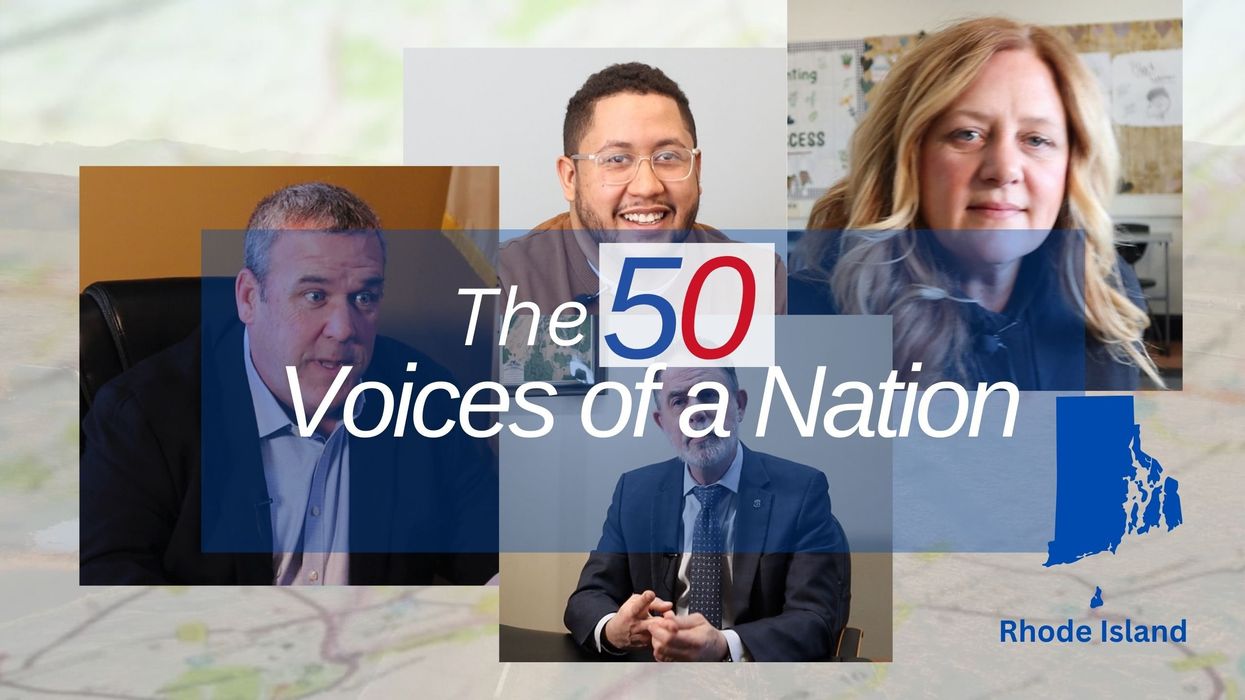Holbein is an associate professor of public policy, politics and education at the University of Virginia.
Young people could decide the 2024 presidential election.
It’s a tale as old as time – a story that pops up every election, almost like clockwork.
The narrative is the same this election cycle. There is a palpable excitement about the possibility of young people making their voices heard in 2024.
Young people, in particular, have broadly voiced their support for Vice President Kamala Harris and have created popular TikTok videos and widely-shared memes with coconut trees and ample allusions to the trendy term “brat. ”
Both former President Donald Trump and Harris are trying to build on young people’s excitement – through participating in livestreams with popular, young content creators and by copying some of the specific colors and themes that often come up in young people’s online content.
The vibes suggest, perhaps, that a “ youth wave ” is coming.
Young people mostly support Harris
At present, Harris holds a commanding lead among young people.
Depending on the poll that you look at, if the election were held today, Harris would probably command about 50% to 60% of the youth vote, meaning people ages 18 to 29, or in some cases 18 to 34.
Trump would pull in only about 34% of young people.
That’s a big difference. A person might see that difference and think that young people could, indeed, tip the scales at the ballot box in November.
Knowing exactly how many young voters Harris needs to win over to carry the election is difficult, but many political pundits have argued that Harris needs to make sure that she secures a dominant majority of them.
But regardless of whether they support Harris in preelection polling, my research finds that many young people aren’t likely to show up and actually cast their ballots.
Young people often don’t vote
Young citizens’ track record of participation in American elections is dismal. Although young people are the biggest group of citizens who are eligible to vote, they turn out at significantly lower rates than older Americans.
In the November 2022 midterms, for instance, only 25.5% of 18- to 29-year-olds cast a ballot, whereas 63.1% of those age 60 or older voted.
Though November 2020 set records for youth voter turnout, only 52.5% of 18- to 29-year-olds cast a ballot, compared with 78% of those 60 or older.
While it’s hard to know how many young people will cast a ballot in November 2024, early indicators – such as the number of young people who say they plan to cast a ballot – suggest that this pattern of low youth voter turnout will continue.
The United States has one of the lowest rates of youth voter turnout in the world. The gap between 18- to 29-year-olds and those over 60, a common measuring stick, is more than twice as large here than it is in other countries such as Canada or Germany.
In our 2020 book, “ Making Young Voters: Converting Civic Attitudes into Civic Action,” political scientist Sunshine Hillygus and I tried to better understand what stops young people from voting and what can be done to change this trend.
Why more young people don’t vote
Two main hurdles stand in the way of young people casting a ballot. One problem is that young people are not especially interested in voting. In recent polls, for example, about 77% of young people say that they plan on definitely voting in the upcoming November election.
For older citizens, that number is 90%.
However, a second – and a perhaps more consequential – problem is that young people who are interested in voting often don’t follow through on their intentions.
By examining survey data and conducting interviews with dozens of young people in 2018, Hillygus and I found that many young people lack confidence in themselves and their ability to navigate the voting process for the first time.
Many told us that in their busy, hectic and ever-changing schedules, voting often simply falls by the wayside.
With school and work commitments, as well as a lack of experience filling out voter registration forms and casting a ballot, voting seems like an insurmountable burden for many young people.
What works to increase youth voter turnout
A common assumption of many youth advocacy groups seems to be that more young people would vote if voting were considered cool. We’ve seen that approach again this cycle, with advocates clamoring, for example, for celebrity endorsements from the likes of singer Taylor Swift.
The problem is that this approach doesn’t square with the fact that young people care about politics – they just struggle to follow through.
The biggest hurdle for many young people, in particular, is voter registration. In 2022, data from the U.S. Census Bureau shows that only 40% of young people said they were registered to vote in the midterm election.
Programs that help young people register to vote can be particularly effective at getting them to cast a ballot.
It has also become increasingly common for political campaigns to help young adults make a plan to vote – by outlining when and where they are going to vote, as well as how they will get to their polling location.
Other methods, such as sending text message reminders, creating automated calendar reminders and offering transportation to the polls, are also effective at helping young people who want to vote actually do so. Though some of these strategies are being used in the 2024 election, many are not common.
Government policies that make registering to vote and casting a ballot easier would also increase youth voter turnout.
Same-day voter registration is particularly effective at encouraging young people to vote. Likewise, letting 16- and 17-year-olds preregister to vote before they turn 18 can also substantially increase the number of voters under 30. At present, 21 states, including California, Massachusetts, Florida and Louisiana, let 16- and 17-year-olds preregister to vote.
Our research suggests that when states implement these types of reforms, they close the gap between older and younger voters by about a third.
There is some evidence that Harris has reinvigorated the youth vote.
Whether young citizens will show up and deliver the presidency to Harris or stay home and yield to Trump remains to be seen.![]()
This article is republished from The Conversation under a Creative Commons license. Read the original article.





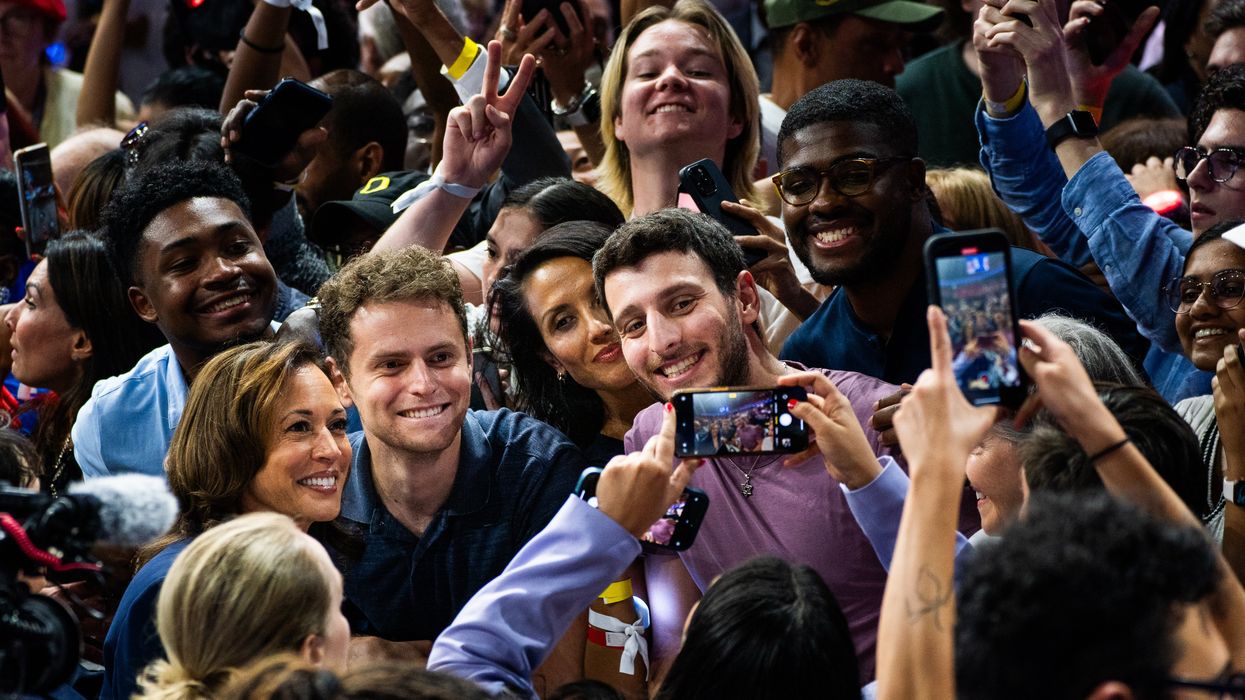




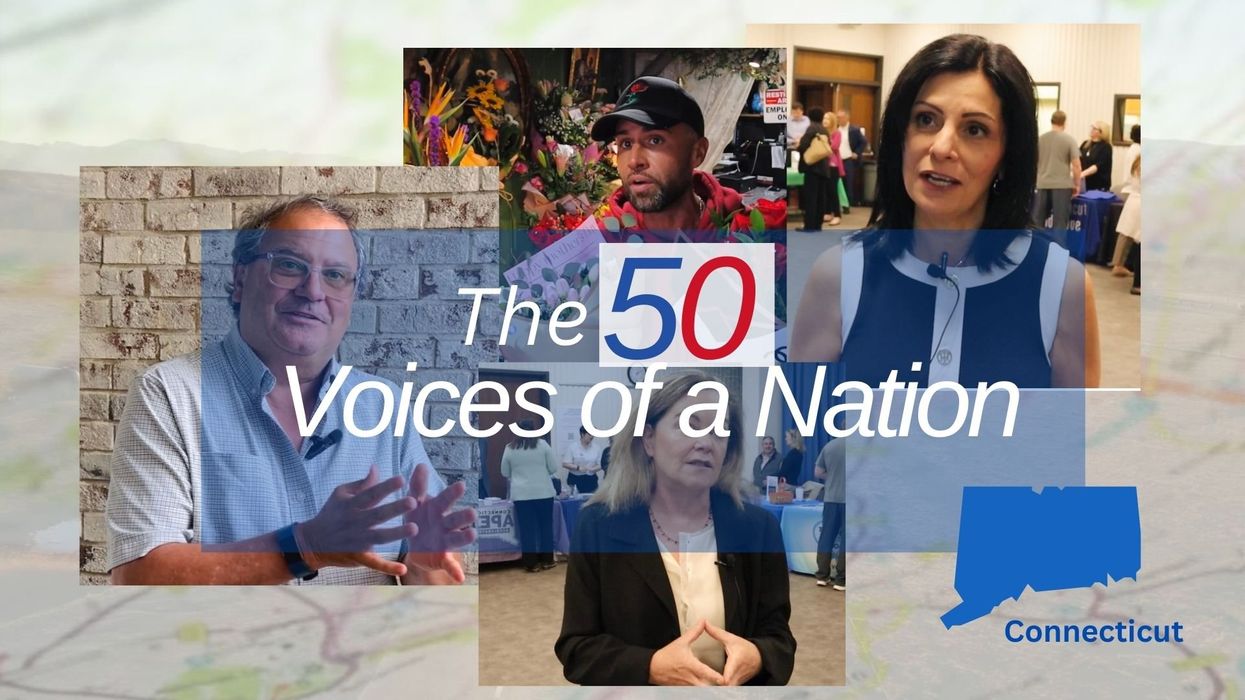






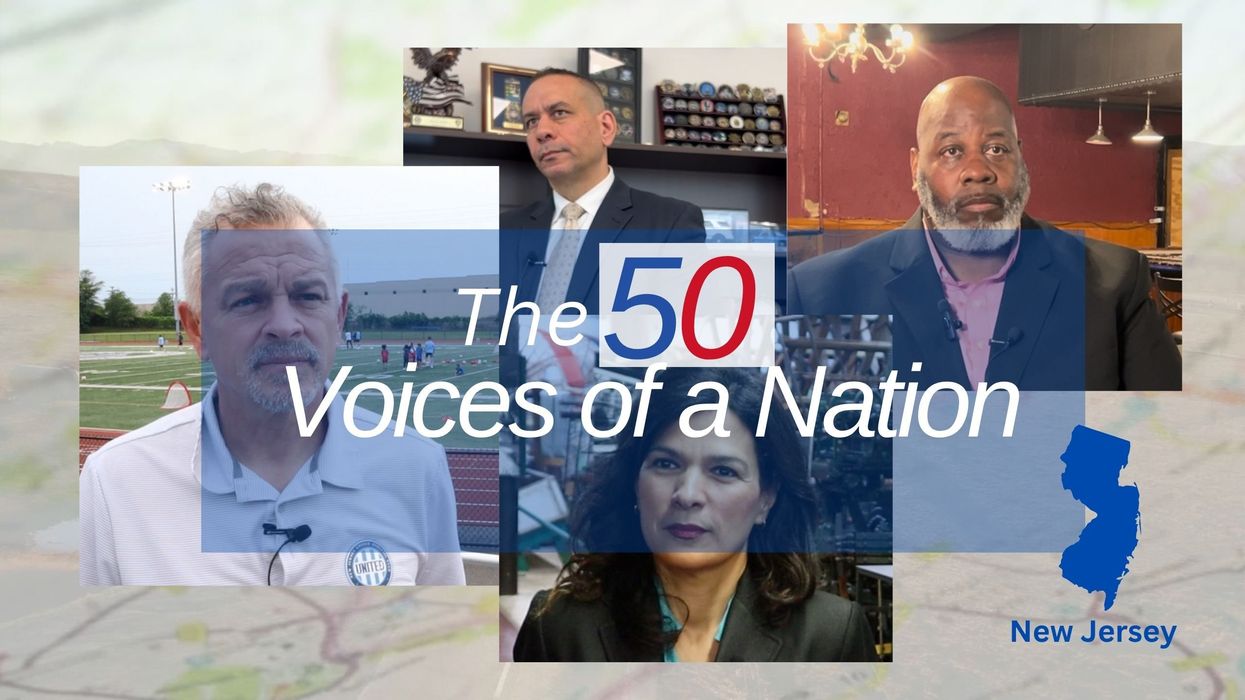
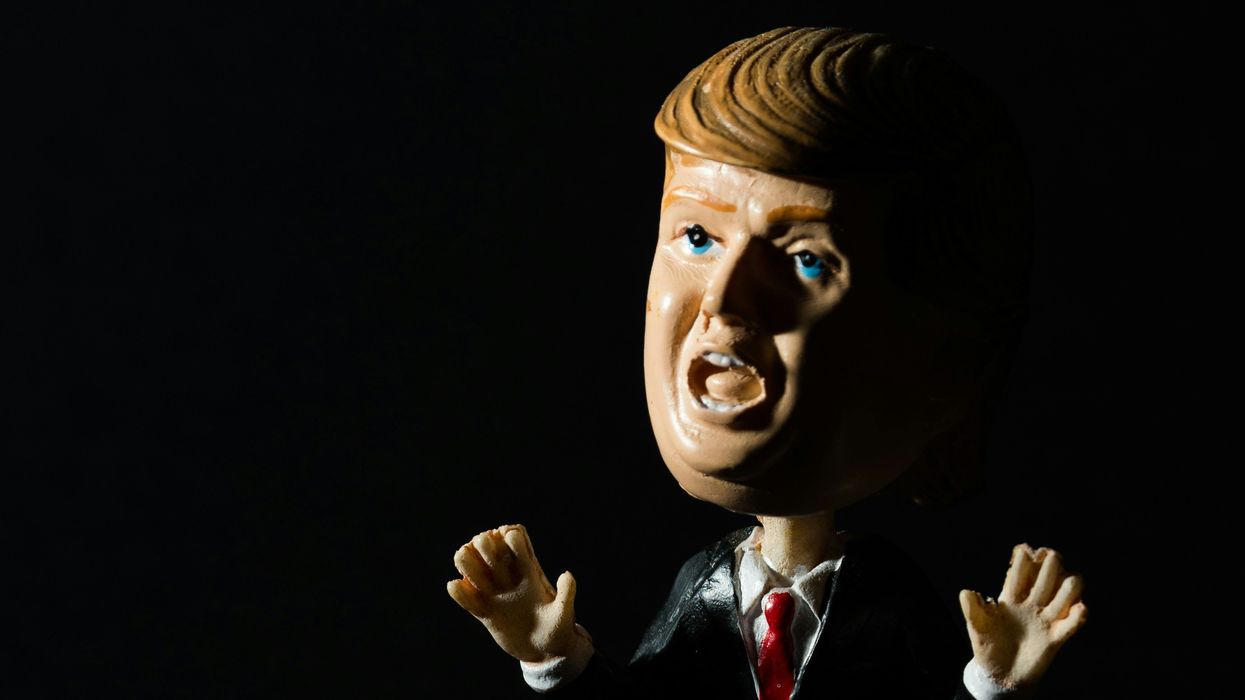
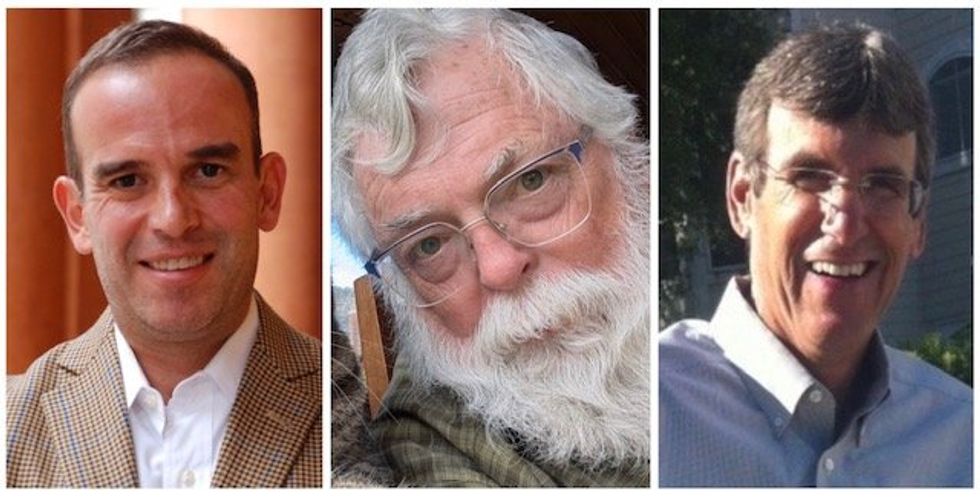 From left to right: Gabriel Cardona-Fox, Bud Branch, Joe Concienne
From left to right: Gabriel Cardona-Fox, Bud Branch, Joe Concienne 